Latest DePIN News
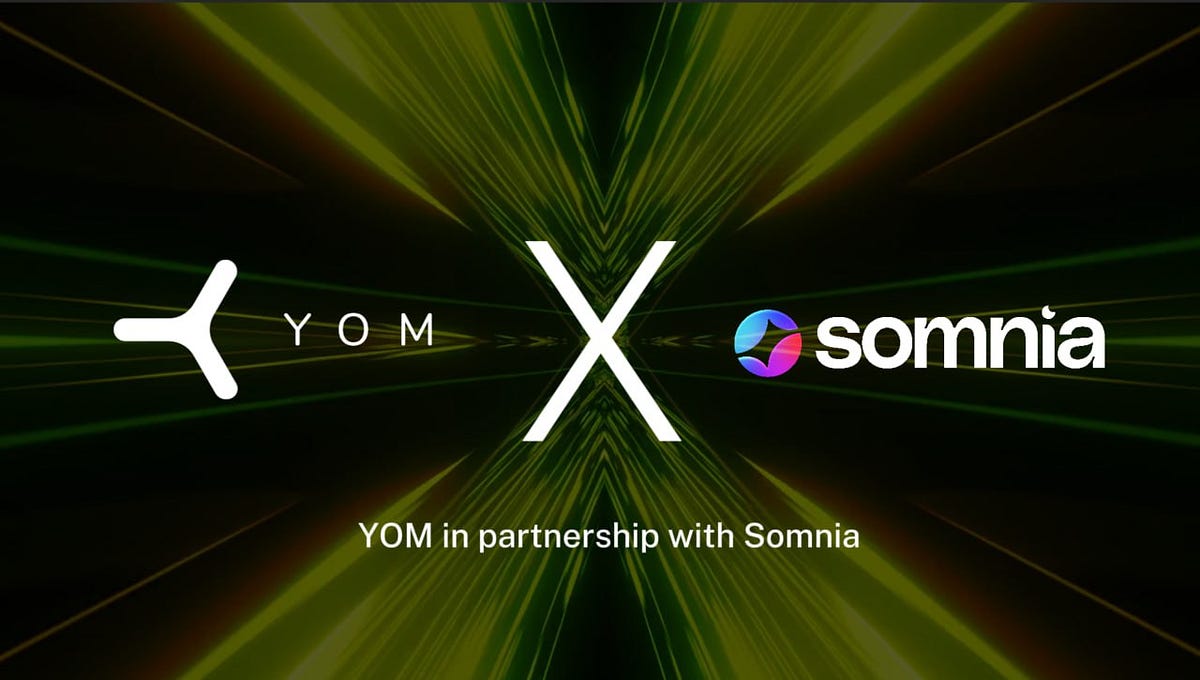
9 months ago
YOM Partners with Somnia to Transform Cloud Gaming
The crypto multiverse is witnessing significant expansion with the recent partnership between YOM and Somnia, a high-performance blockchain tailored for fully on-chain applications. This collaboration positions YOM within Somnia’s ecosystem, which includes 15 other innovative projects across diverse sectors such as DeFi, AI, and gaming. The synergy between YOM’s peer-to-peer cloud gaming platform and Somnia’s capabilities is poised to revolutionize the gaming landscape, particularly with YOM's unique DePIN (Decentralized Physical Infrastructure) model that drastically reduces gaming costs from $6 per hour to just $0.30 per hour.
This partnership holds substantial implications for the YOM community. Firstly, YOM gains increased visibility by aligning with notable players like QuickSwap, Stargate, and Alchemy Pay within Somnia’s ecosystem. Additionally, Somnia’s scalable infrastructure promises enhanced performance for YOM’s cloud gaming services, ensuring they remain seamless, secure, and fast. Furthermore, this collaboration opens up new opportunities for YOM’s node operators and community members, providing them with access to a broader network of users, builders, and developers who are part of the Somnia ecosystem.
Looking ahead, YOM plans to showcase its capabilities during Somnia’s Testnet launch. This initiative will provide exclusive insights, events, and opportunities for the community as they embark on this exciting partnership. With Somnia’s robust blockchain infrastructure combined with YOM’s innovative cloud gaming technology, the future looks bright for decentralized gaming, enabling users to stream AAA-quality games from any device in a fast, affordable, and decentralized manner. YOM is committed to making gaming accessible for everyone, everywhere.
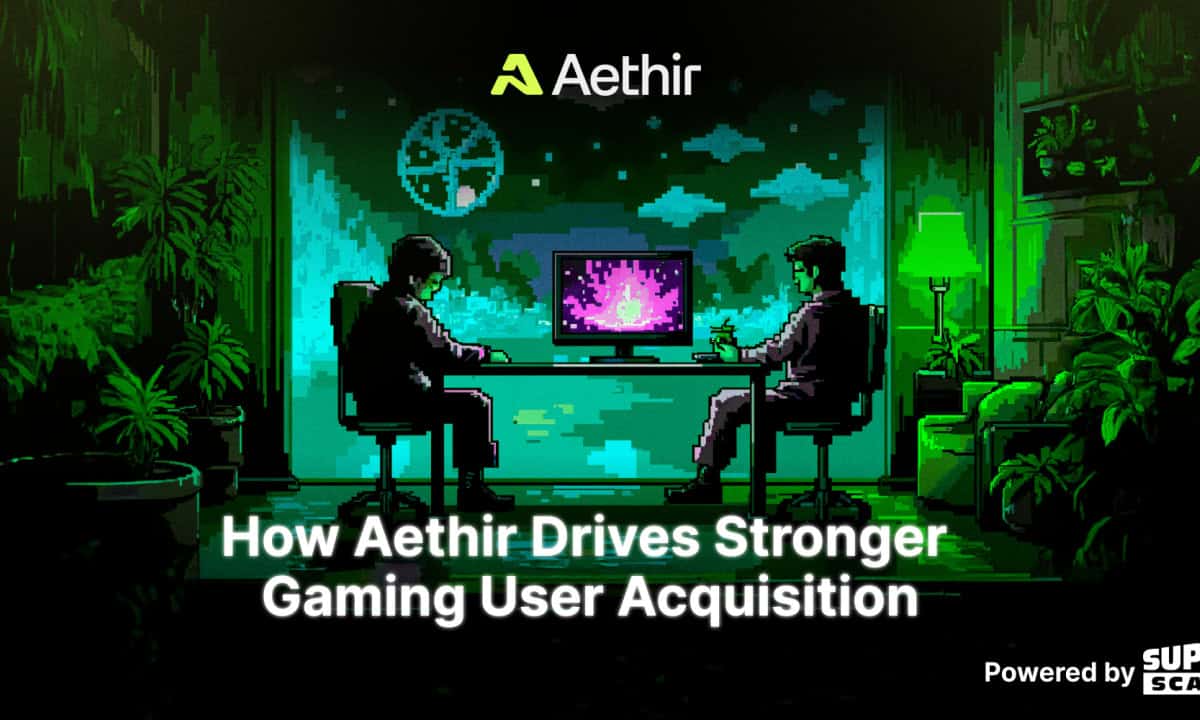
9 months ago
Aethir Revolutionizes Gaming User Acquisition with Decentralized Cloud Streaming
Aethir, a decentralized cloud gaming infrastructure provider, has recently been highlighted in a case study by SuperScale, a leading expert in gaming user acquisition. The study delves into how Aethir's innovative cloud streaming technology can significantly enhance user acquisition strategies for gaming studios, offering a scalable alternative to traditional app store distribution. By leveraging web-based streaming, Aethir allows studios to bypass the high service fees associated with commercial app stores, which can take up to 30% of a game's revenue. This independent publishing model not only reduces costs but also improves user acquisition efficiency.
The case study conducted by SuperScale involved a two-phase analysis focusing on Aethir's impact on user acquisition metrics, particularly conversion rates and return on ad spend (ROAS). In the first phase, the analysis of engagement methods such as “Stream Now,” “Instant Play,” and “Download” revealed that 43% more players preferred instant play over direct downloads. Furthermore, click-through rates increased by 35%, and conversion rates for the streaming option were found to be 45% higher than traditional methods. These findings underscore the effectiveness of Aethir's cloud streaming in attracting and retaining users.
In the second phase, SuperScale measured early user engagement and ROAS, comparing behaviors between app store downloads and Aethir's Stream Now feature. The results were compelling, showing that 143% more users engaged with the Stream Now feature, with a 75% increase in day 7 ROAS. Additionally, average revenue per user grew by 93%, and session counts increased by 77%. Aethir's cloud streaming infrastructure presents significant potential for established publishers, live service games, and emerging markets, making it a vital tool for optimizing revenue models and enhancing user acquisition strategies in the gaming industry.
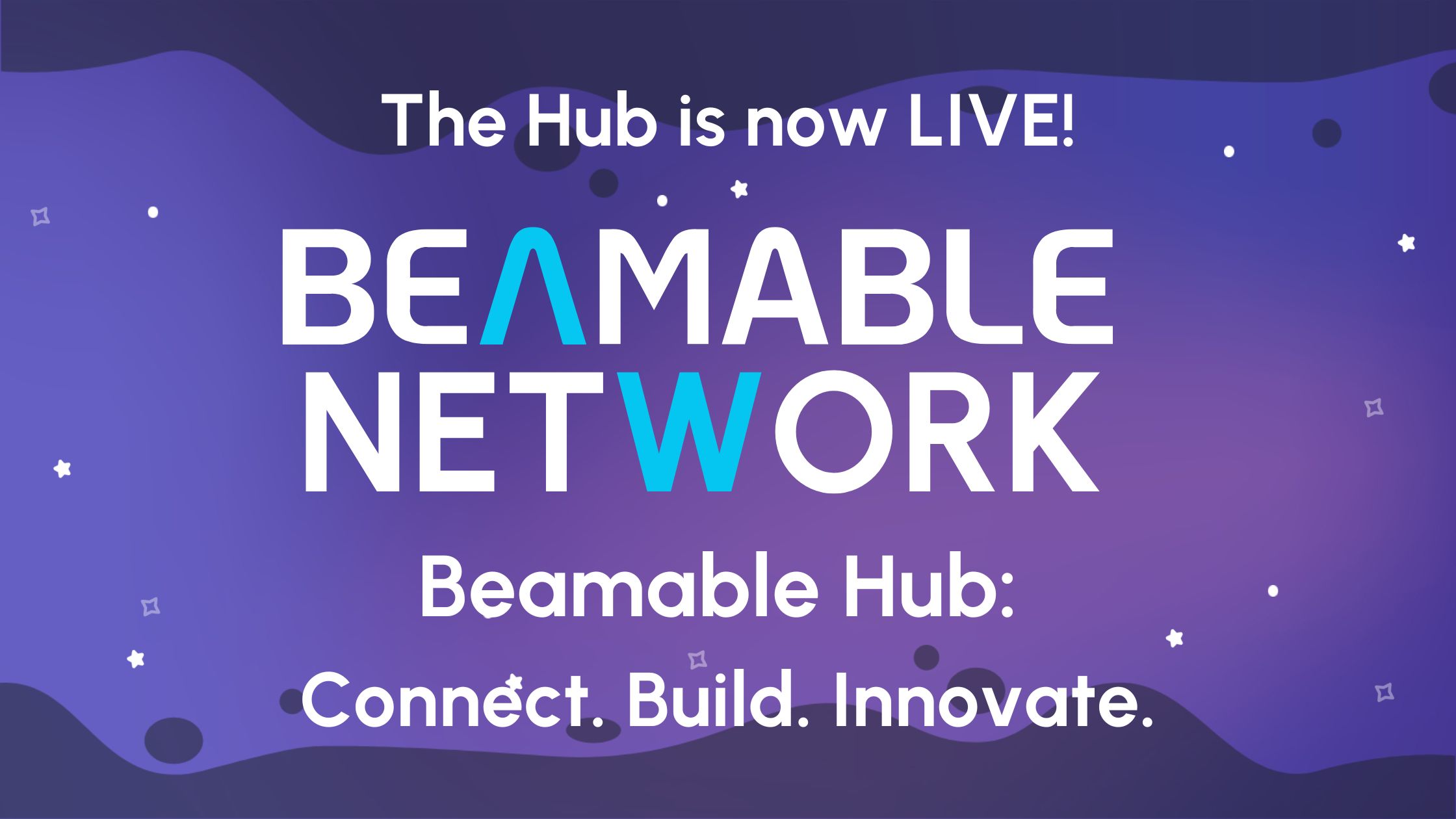
9 months ago
Introducing Beamable Hub: A Gamified Community for Decentralized Gaming
The Beamable Network is making significant strides in the gaming sector with the launch of Beamable Hub, a new gamified community platform aimed at uniting developers, node operators, and Web3 enthusiasts. This innovative hub is designed to enhance collaboration and innovation within decentralized game infrastructure, marking a pivotal shift in how communities engage with gaming technologies. By leveraging Decentralized Physical Infrastructure Networks (DePIN), Beamable Network is at the forefront of transforming traditional gaming frameworks into community-driven ecosystems.
Beamable Hub is not just another online forum; it incorporates gamification to create a dynamic and interactive experience for its users. Members can participate in missions and challenges to earn points, badges, and digital rewards, fostering a sense of achievement and competition. The platform features leaderboards to track progress, referral incentives to encourage network growth, and exclusive NFTs as rewards, enhancing user engagement. Additionally, the integration with popular platforms like Discord and Telegram ensures that community members can stay connected and active, regardless of their location.
The future of online communities is shifting towards gamification, as it promotes deeper loyalty and active participation. Beamable Hub exemplifies this trend by turning passive members into active contributors through rewards and challenges. This approach not only increases retention rates but also strengthens community bonds, making engagement more meaningful. As Beamable’s DePIN project continues to evolve, the Hub stands as a gateway to the future of decentralized gaming, inviting users to join and help shape the landscape of this exciting industry.
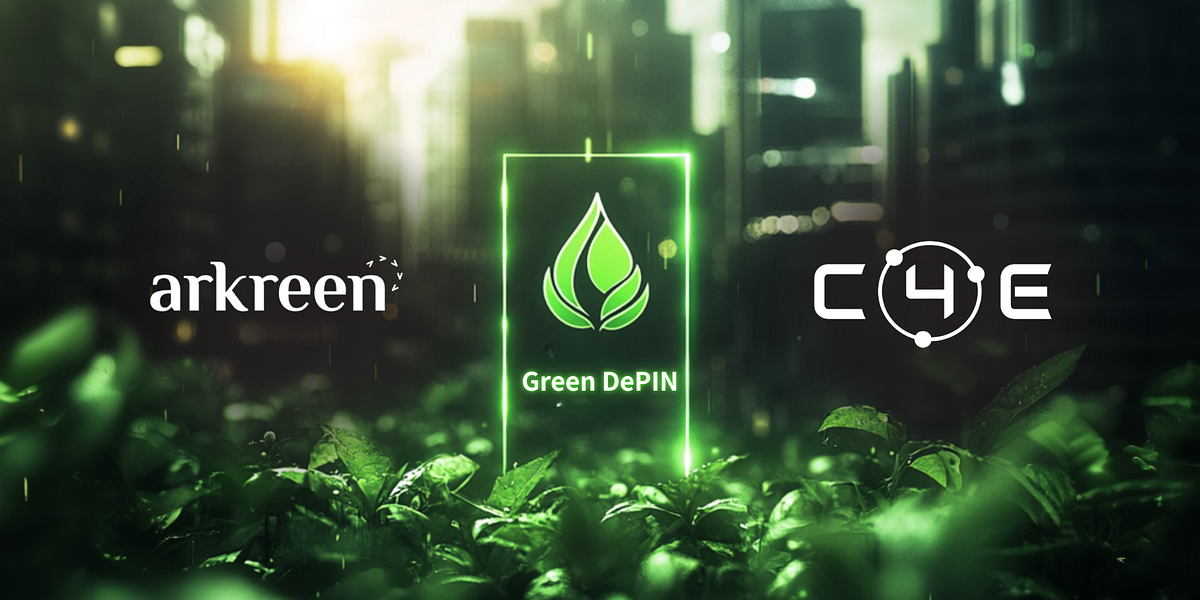
9 months ago
Arkreen Partners with C4E to Advance DePIN Energy Solutions
Arkreen has announced a strategic partnership with C4E, focusing on the DePIN Energy sector. This collaboration combines Arkreen's expertise in decentralized renewable energy networks with C4E's advancements in AI-driven energy solutions. The partnership aims to enhance the Green DePIN Initiative, promoting a sustainable on-chain economy globally. C4E is recognized for its pioneering efforts in Web3 technology and green energy innovations, particularly in electric vehicle (EV) charging and decentralized energy management. Meanwhile, Arkreen utilizes blockchain and IoT technologies to connect distributed renewable energy resources, contributing to a carbon-neutral future.
The alliance between Arkreen and C4E represents a significant fusion of technology and vision, driven by a mutual commitment to sustainability. Both organizations are set to explore how DePIN technology can improve the accessibility and efficiency of green energy solutions. This partnership is expected to lead to innovative approaches that will not only benefit the partners but also empower communities worldwide with smarter and greener energy options.
As Arkreen and C4E embark on this journey together, they promise to deliver exciting updates and advancements in the DePIN Energy space. The collaboration is positioned to make a meaningful impact on the renewable energy landscape, fostering a more sustainable future through the integration of decentralized technologies and AI. Stakeholders and communities can look forward to the positive changes that this partnership will bring in the realm of green energy solutions.
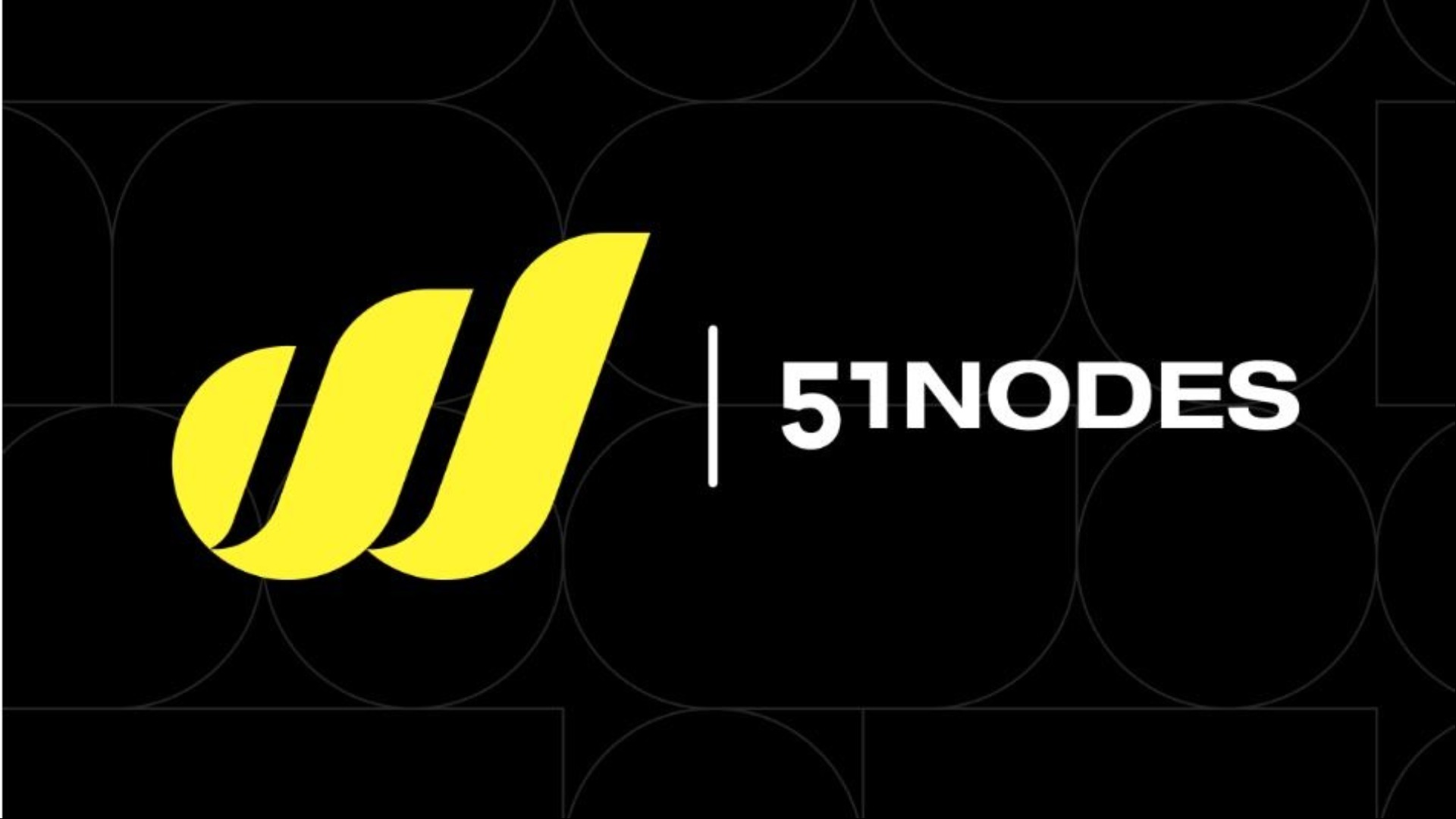
9 months ago
51nodes and World Mobile Collaborate to Advance Blockchain Integration in Industrial Applications
In a significant move towards integrating blockchain technology into real-world applications, 51nodes, a prominent German blockchain integration specialist, is partnering with World Mobile to leverage its advanced Layer-3 infrastructure on Base. This collaboration aims to deploy decentralized physical infrastructure solutions and blockchain-powered applications, particularly focusing on data-based tokenized assets within Europe’s industrial sector. A $5 million grant program will support 50 projects, each receiving up to $100,000, to explore various decentralized infrastructure use cases, with major European corporations playing a crucial role in shaping these initiatives.
The initiative emphasizes the importance of tokenizing real-world assets and utilizing decentralized physical infrastructure networks (DePIN) to enhance security and streamline the commercialization of data and financial assets. 51nodes has already showcased the viability of this approach with tier 1 industry clients, demonstrating how tokenizing geospatial data and sensor information can improve industrial processes. As industries increasingly adopt blockchain-powered automation, they must adapt to evolving financial and identity standards, including stablecoins and decentralized corporate identity solutions, ensuring they remain competitive in a rapidly changing landscape.
Through strategic collaboration, 51nodes and World Mobile are optimizing data monetization and enhancing automation with real-world oracles, moving beyond traditional systems. The funded projects may include notarizing sensor data, establishing marketplaces for vehicle-captured insights, and orchestrating decentralized IoT networks in agriculture. Micky Watkins, CEO of World Mobile, highlighted the necessity for industries to automate and secure data to maintain competitiveness, asserting that this partnership will bring real-world asset tokenization from theory to practice, unlocking new value with decentralized infrastructure.
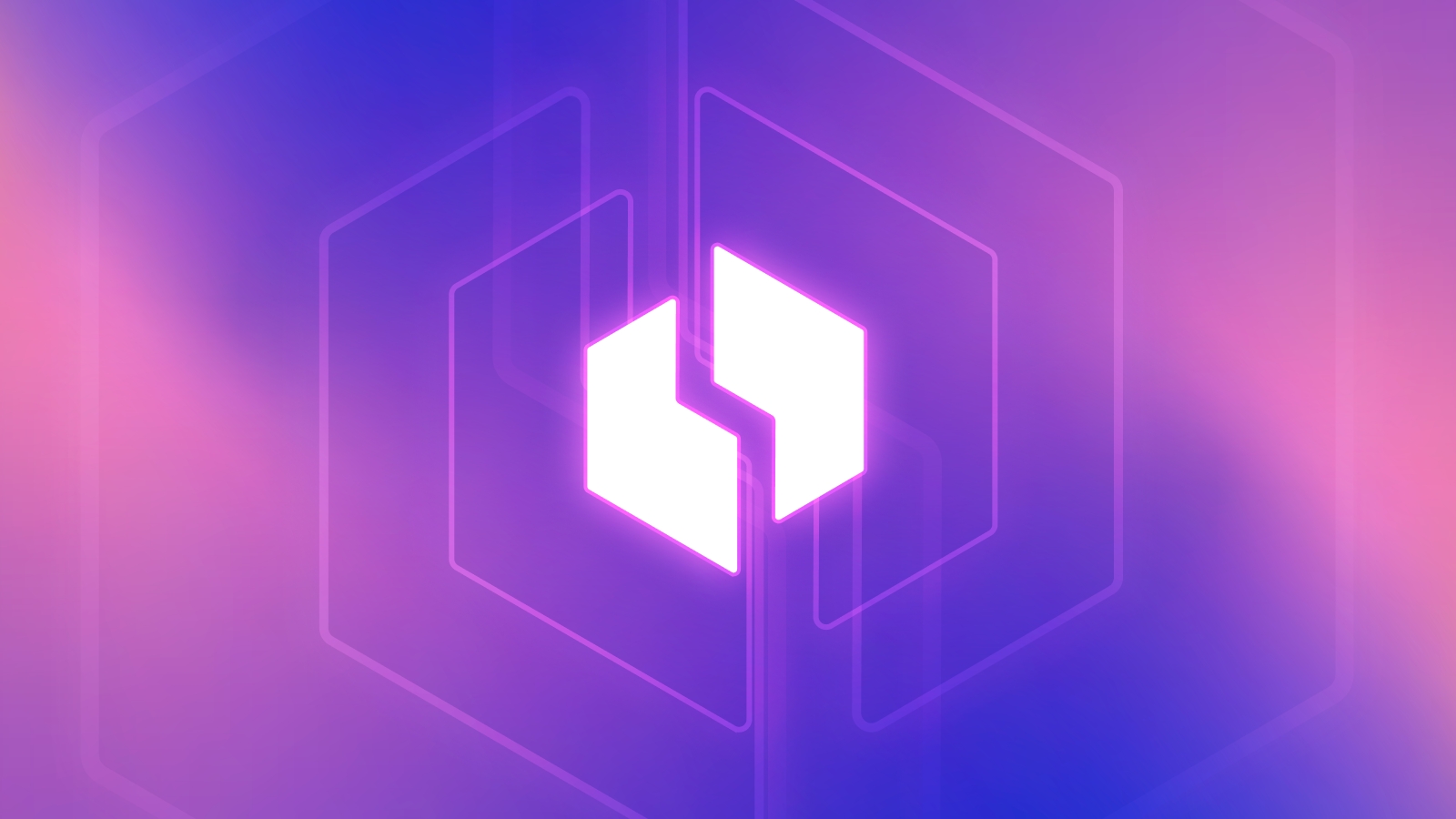
9 months ago
Coinbase Boosts Maple Syrup and Aethir with New Listings
In a significant development within the cryptocurrency market, two Ethereum (ETH)-based altcoins, Maple Syrup (SYRUP) and Aethir (ATH), have experienced substantial price surges following their recent support from Coinbase, one of the largest crypto exchanges in the United States. Coinbase announced the addition of these tokens to its digital asset offerings via posts on the social media platform X. This announcement came shortly after the tokens were included in Coinbase's listing roadmap, which indicated forthcoming support and led to a nearly 40% price increase for both assets.
The price movements of SYRUP and ATH have been remarkable. SYRUP, a decentralized finance (DeFi) protocol that connects borrowers with lenders, saw its price rise from a low of $0.131 on March 12th to a peak of $0.173 within 24 hours, marking a gain of 28.7%. Similarly, Aethir, which focuses on decentralized cloud computing with high-performance GPU capabilities for AI and blockchain-based gaming, increased from $0.034 to $0.040, achieving a 14.4% gain in the same timeframe. These price rallies underscore the impact of Coinbase's endorsement on the market dynamics of these emerging tokens.
The growing interest in both Maple Syrup and Aethir reflects a broader trend in the cryptocurrency space, where decentralized finance and AI-driven solutions are gaining traction. As investors continue to seek opportunities in innovative blockchain projects, the support from major exchanges like Coinbase is likely to play a crucial role in driving adoption and market performance. However, potential investors are reminded to conduct thorough research and exercise caution, as the cryptocurrency market remains volatile and high-risk.
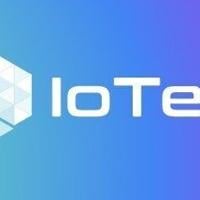
9 months ago
IoTeX Welcomes Xangle as Validator to Boost DePIN Ecosystem
IoTeX, a prominent player in the Decentralized Physical Infrastructure Network (DePIN) sector, has recently announced that Xangle, a leading blockchain infrastructure company from Korea, will join its network as a validator. This partnership is expected to enhance IoTeX's community-driven ecosystem and improve its technical stability. Xangle, known for its ecosystem-oriented community hubs and Web3 analytical reports, has been a significant contributor to the Web3 space since launching Xangle Portal in 2018, and has also validated for other major blockchain projects like Aptos and Babylon.
In 2024, IoTeX has emerged as a leader in the DePIN sector, processing over 150 million transactions and 340 million blocks, with an impressive annual growth rate exceeding 25%. Currently, more than 360 million IOTX tokens are staked, representing about 40% of the total supply, which significantly bolsters the network's security and governance. This growth underscores IoTeX's commitment to providing robust infrastructure solutions within the DePIN landscape, solidifying its position as a key player in the industry.
Lihan Lee, Co-CEO of Xangle, emphasized that their role as an IoTeX validator is a pivotal step towards making innovative Web3 infrastructures more accessible and promoting their mainstream adoption. Jing Sun, co-founder of IoTeX, echoed this sentiment, highlighting that Xangle's expertise will enhance the network's credibility and stability. Together, they aim to drive the sustainable growth of the DePIN ecosystem, ensuring that IoTeX remains at the forefront of blockchain infrastructure development.

9 months ago
Crypto Market Update: Theta's New Partnership and Emerging Investment Opportunities
The global cryptocurrency market is currently valued at $2.69 trillion, reflecting a modest increase of 1.20% over the past day. However, trading volume has seen a significant decline of 23.50%, dropping to $119.79 billion, indicating a slowdown in short-term trading activity. Despite this downturn, many investors are seizing the opportunity to buy the dip, fueled by optimism surrounding recent market developments and evolving policies. Notably, cryptocurrencies like Gala (GALA), Immutable (IMX), and Kaia (KAIA) are emerging as strong investment candidates, showcasing resilience and potential for growth in this fluctuating market.
Theta Network has recently made headlines with its partnership with Nubila, a decentralized physical infrastructure network focused on gathering real-world weather data. This collaboration will leverage Theta's EdgeCloud GPU resources for training AI models, marking a significant expansion beyond its original video streaming focus. Currently, Theta's token (THETA) is trading at $0.87, with a market cap of $759.25 million. Analysts are optimistic, predicting a potential price increase of 22.48% by April, as the platform continues to evolve its offerings in the Web3 space.
In addition to Theta, the Meme Index (MEMEX) has gained traction by offering a diversified investment approach to meme coins, raising over $3.9 million in its presale. Meanwhile, Kaia DLT Foundation is making strides in the blockchain ecosystem with its Mini Dapps, attracting over 35 million users in just a month. As these projects develop, they highlight the dynamic nature of the crypto market, where innovative solutions and strategic partnerships are paving the way for future growth and investment opportunities.
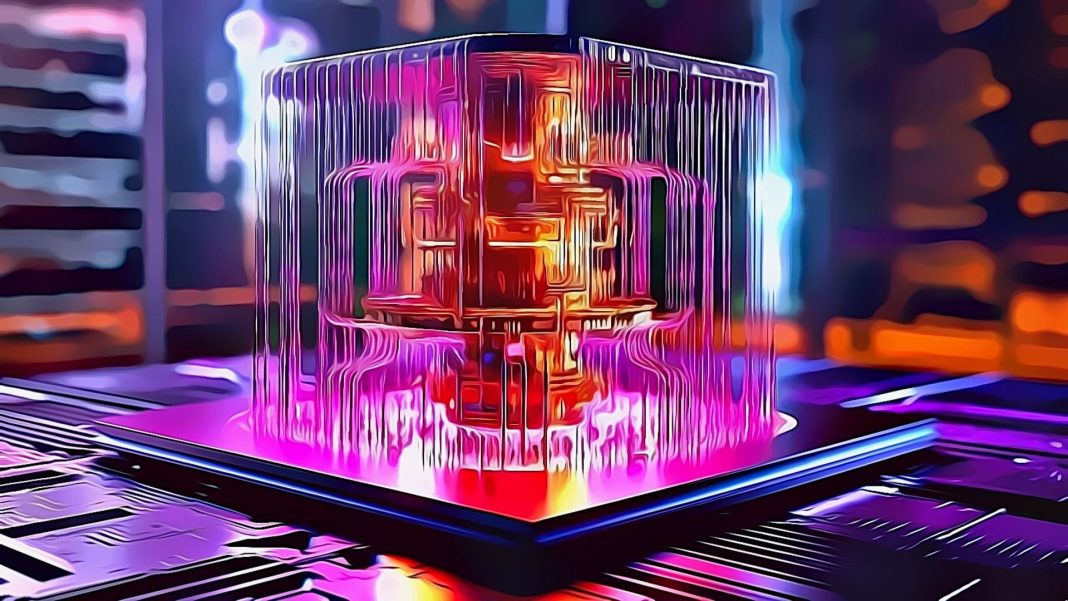
9 months ago
Coinbase Unveils New Token Listing Roadmap Featuring Aethir and Syrup
Coinbase, one of the largest cryptocurrency exchanges globally, has unveiled its latest token listing roadmap aimed at enhancing transparency and reducing ambiguity for its users. The roadmap highlights two significant tokens, Aethir ($ATH) and Syrup ($SYRUP), which are expected to be added to the platform shortly. This initiative is part of a broader strategy by Coinbase to keep traders informed and streamline the listing process, allowing them to make more informed decisions based on upcoming listings. Given Coinbase's influential role in the crypto market, the addition of these tokens could significantly impact their visibility and trading dynamics.
Aethir ($ATH) is a decentralized cloud computing platform that leverages blockchain technology to provide a more secure and cost-effective alternative to traditional cloud services. Unlike conventional providers, Aethir allows users to rent computational resources in a decentralized manner, enhancing security by distributing computing power across a broader network. This innovative approach addresses the issues of security, cost, and transparency prevalent in the current cloud computing model. Aethir's inclusion in Coinbase's roadmap underscores the growing trend of integrating blockchain solutions into various industries, particularly in cloud computing.
On the other hand, Syrup ($SYRUP) serves as a governance token within the Maple ecosystem, a decentralized finance (DeFi) platform that connects institutional investors with digital asset lending opportunities. Syrup holders play a crucial role in decision-making processes that shape the platform's future, making it an integral part of Maple's community-driven approach. The addition of both Aethir and Syrup to Coinbase's listing roadmap not only signifies their potential growth but also reflects a shift towards greater transparency in token listings, fostering user trust and confidence in the cryptocurrency ecosystem.
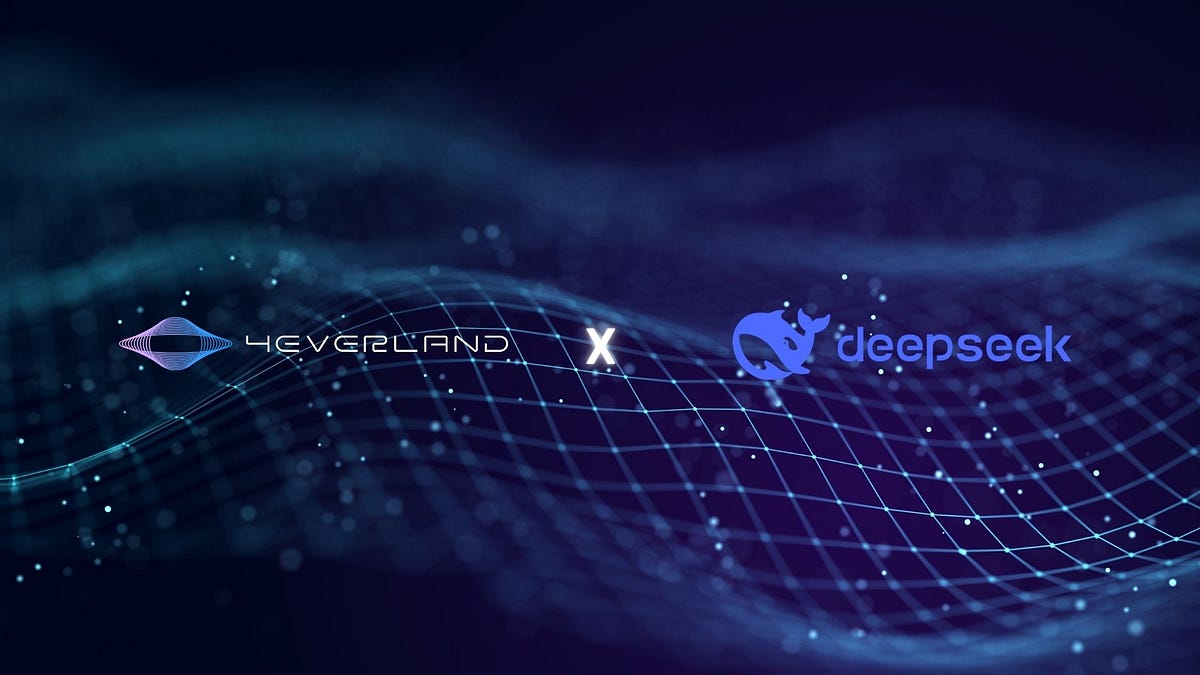
9 months ago
4EVERLAND AI RPC and 4EVER Chat: A New Era in AI Model Integration
The recent integration of 4EVER Chat into the Awesome DeepSeek Integration represents a pivotal advancement for the 4EVERLAND AI RPC infrastructure. This collaboration establishes AI RPC as a "highway for models," enabling developers to access both DeepSeek and over 200 large language models (LLMs) through a single API. With industry-leading stability and speed, 4EVERLAND AI RPC enhances the DeepSeek model by providing an enterprise-grade decentralized network layer. Furthermore, 4EVER Chat stands out as the first AI Agent framework that supports multi-chain private interactions, allowing developers to create compliant AI applications without depending on third-party services. This integration signifies a significant convergence of Web3 and AI infrastructure, offering developers seamless access to the DeepSeek model while challenging the dominance of traditional cloud computing giants in AI computation power.
In the current landscape of artificial intelligence and big data, the multitude of AI models available can make it challenging for developers to choose the right one for their specific needs. The complexities involved in deploying large-scale open-source LLMs can also hinder market entry. 4EVERLAND addresses these challenges by providing a standardized AI RPC API that simplifies the integration of AI functionalities into applications. This streamlined approach allows businesses to enhance their services, improve operational efficiency, and deliver personalized user experiences through tailored AI solutions. By utilizing AI RPC, enterprises can significantly reduce the complexities associated with deploying LLMs, making it an essential tool for enhancing applications, services, or research projects.
The integration of AI RPC and 4EVER Chat aims to create an ecosystem akin to an "electric grid" for AI applications. Developers gain on-demand access to LLM capabilities without the need for in-house infrastructure, while model providers like DeepSeek function as "power plants," generating revenue through network effects. This innovative approach allows enterprises to shift from self-sufficiency to leveraging an intelligent grid, focusing on innovation rather than operational burdens. By standardizing model deployment and emphasizing cost-efficiency and performance optimization, 4EVERLAND and DeepSeek are democratizing access to AI, making LLMs more accessible to developers across various sectors.
Signup for latest DePIN news and updates